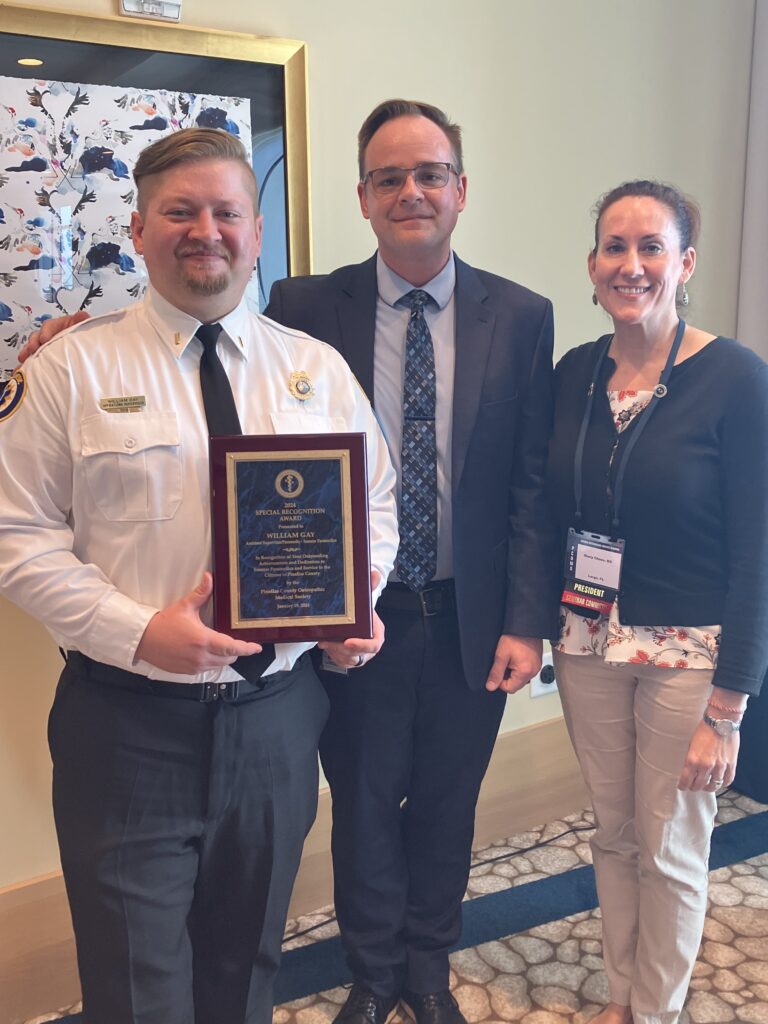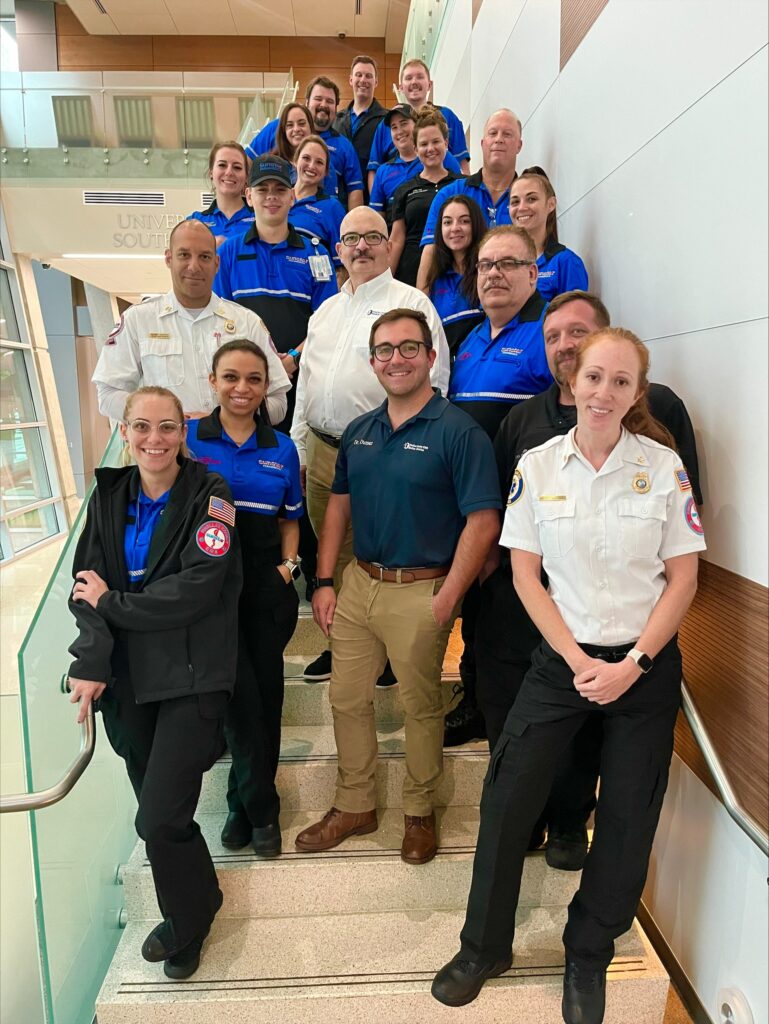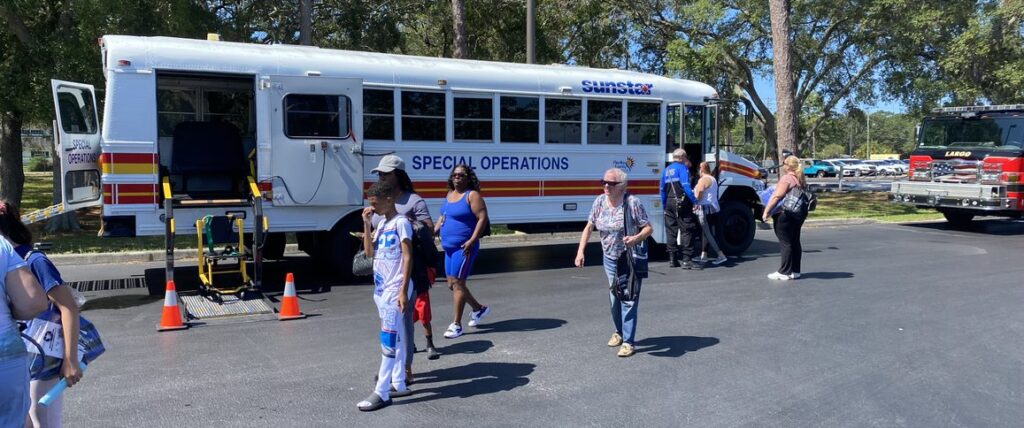Already in 2015, eight children across the United States – including two in Florida – have died preventable deaths due to heatstroke in cars. Each time, concerned parents and caregivers have wondered, “How could this happen?”
Sometimes, people can be so preoccupied by their daily worries and priorities that they arrive at their destination with little recollection about how they traveled the route. They can also forget to ask themselves one crucial question: Did I get my child out of the back seat?
Picture this: Your significant other typically takes your kids to daycare, but it’s your responsibility this morning. You have an important meeting later in the day, and your boss just returned from vacation. The kids fall asleep in their car seats, and you’re pre-occupied with rehearsing your meeting notes. Do you arrive at the office on auto-pilot, following your normal route?
It could happen to anyone. Keep a heatstroke tragedy from happening to your family with these tips:
1. Know how quickly heatstroke occurs.
The inside of a parked car quickly reaches dangerous temperatures. In less than an hour, a car’s interior can reach 123 degrees on an 80-degree day.
When your body temperature exceeds 104 degrees, you experience heatstroke symptoms such as dizziness, disorientation, seizure and loss of consciousness. Heatstroke means your body is hotter than normal and is not able to cool down.
Untreated, heatstroke can quickly damage your brain, heart, liver and kidneys.
It’s even more dangerous for children, whose body temperatures heat up three to five times faster than an adult’s body temperature. While several hours in the sun – at the beach or working in your yard – can put adults at risk, even 10 minutes in hot car can lead to heatstroke for children.
2. Set an item in the back seat that forces you to look there.
Put something such as your purse, briefcase or even one of your shoes so that you are forced to check the back seat before leaving your car. It may feel silly, but putting a crucial item in the backseat may prevent your child’s death.
Place an item on your interior door handle as a tactile reminder. Feeling an unusual item on your door handle will remind you to take your child with you. Sunstar, in partnership with Safe Kids, is providing parents with a rubber keychain to put on the driver side door handle. To receive a keychain, contact Sunstar Paramedics’ community outreach coordinator Charlene Cobb at ccobb@sunstarems.com.
3. Use your phone to set reminders.
Use your smartphone to set up a reminder on the days you’re taking your child to school or daycare to make sure you’ve dropped them off. Schedule days and times that you usually drive your children to school or daycare with your smartphone’s calendar. Use the alert function to get a ringtone alarm when you would normally arrive at school or daycare.
Apps like Baby Reminder (free, iOS) make it even easier. Baby Reminder allows you to set reminders for days that you usually have your child in the car. The app can detect when the car is parked and send you an alert to check on the baby.
4. Keep your car locked and keys out of reach.
Nearly one-third of unintended heatstroke deaths are due to kids getting trapped in vehicles while playing. Teach your children that cars are not a play area. Make sure cars at your home are locked, including the trunk, and keys are placed out of kids’ reach.
If your child is missing, check the swimming pool first, and then check your car’s back seat and trunk. Swimming pools and vehicles are the two most common places where missing children are found.
5. If you see something, say something.
Just one phone call can save a child’s life. Always be aware of your surroundings. When you are walking past parked cars, look and listen for any sound coming from them. Call 9-1-1 if you see a child who is left unattended in a car.



